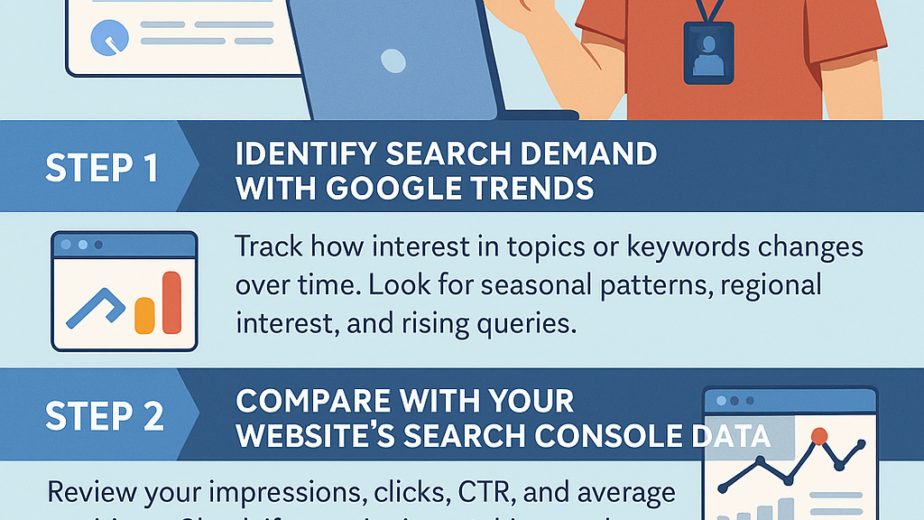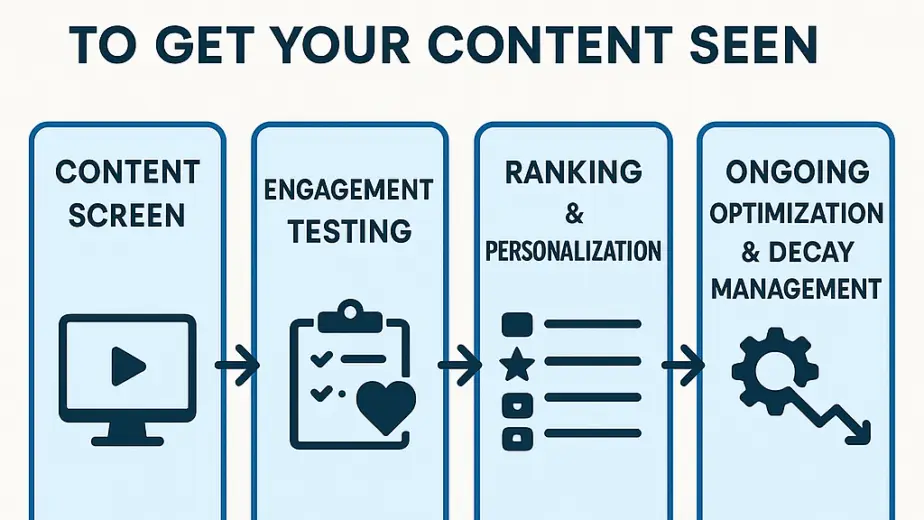Decoding ROI: How Data-Driven Marketing Strategies Drive Real Results
In today’s competitive landscape, marketing budgets are under constant scrutiny. Every dollar spent needs to deliver tangible results, and “gut feeling” strategies simply don’t cut it anymore. That’s where data-driven marketing comes in. By leveraging the power of data analytics, you can optimize your campaigns, personalize your messaging, and ultimately, achieve a significantly better return on investment (ROI). Let’s explore how.
The Power of Data in Marketing:
Data-driven marketing revolves around collecting, analyzing, and interpreting data to inform your marketing decisions. This data can come from various sources, including website analytics, social media insights, CRM systems, and customer surveys. By understanding your audience’s behavior, preferences, and pain points, you can create targeted campaigns that resonate and convert.
Key Strategies for a Data-Driven Approach:
Define Clear Objectives and Key Performance Indicators (KPIs):
- Before diving into data, establish your marketing goals. Are you aiming to increase brand awareness, generate leads, or boost sales?
- Identify relevant KPIs that align with your objectives. Common KPIs include website traffic, conversion rates, customer acquisition cost (CAC), and customer lifetime value (CLTV).
- ROI=Cost(Revenue−Cost)∗100 Understanding how to calculate your ROI is essential.
Leverage Customer Segmentation:
- Don’t treat all customers the same. Segment your audience based on demographics, behavior, and interests.
- This allows you to create highly targeted campaigns that speak to the specific needs of each segment.
- Example segments might be: “New customer vs returning customer”, or “High value customer vs low value customer”.
Personalize Your Messaging:
- Personalization is key to capturing attention and driving engagement.
- Use data to tailor your messaging to individual customers, delivering relevant content and offers.
- This could be done through personalized email campaigns, dynamic website content, or targeted social media ads.
Optimize Your Campaigns in Real-Time:
- Data allows you to track the performance of your campaigns in real-time.
- Monitor your KPIs and make adjustments as needed to optimize your results.
- A/B testing different ad creatives, landing pages, and email subject lines can help you identify what resonates best with your audience.
Utilize Marketing Automation:
- Marketing automation tools can streamline your processes and improve efficiency.
- Automate tasks such as email marketing, social media posting, and lead nurturing.
- This frees up your time to focus on strategic initiatives and data analysis.
Track Customer Lifetime Value (CLTV):
- CLTV=NumberofCustomersAverageTransactionValue∗NumberofTransactions∗RetentionTime
- Understanding CLTV helps you prioritize your marketing efforts and focus on retaining high-value customers.
- By analyzing customer behavior and purchase patterns, you can identify opportunities to increase CLTV.
Embrace Predictive Analytics:
- Predictive analytics uses historical data to forecast future trends and customer behavior.
- This can help you anticipate customer needs, identify potential risks, and optimize your marketing strategies.
- Example: Predicting which customers are most likely to churn.
Data Visualization and Reporting:
- Present your data in a clear and concise manner using data visualization tools.
- Create insightful reports that highlight key trends and performance metrics.
- This allows you to communicate your findings to stakeholders and make data-driven decisions.
Benefits of Data-Driven Marketing:
- Improved ROI: By optimizing your campaigns and targeting the right audience, you can maximize your return on investment.
- Enhanced Customer Experience: Personalization and targeted messaging create a more relevant and engaging customer experience.
- Increased Efficiency: Marketing automation and data analysis streamline your processes and improve productivity.
- Better Decision-Making: Data-driven insights empower you to make informed decisions and avoid costly mistakes.
- Competitive Advantage: By leveraging the power of data, you can stay ahead of the competition and gain a significant advantage.
Conclusion:
Data-driven marketing is no longer a luxury, but a necessity for businesses looking to thrive in today’s digital age. By embracing a data-centric approach, you can optimize your marketing strategies, personalize your messaging, and ultimately, achieve a significantly better ROI. Start leveraging the power of data today and unlock the full potential of your marketing efforts.




